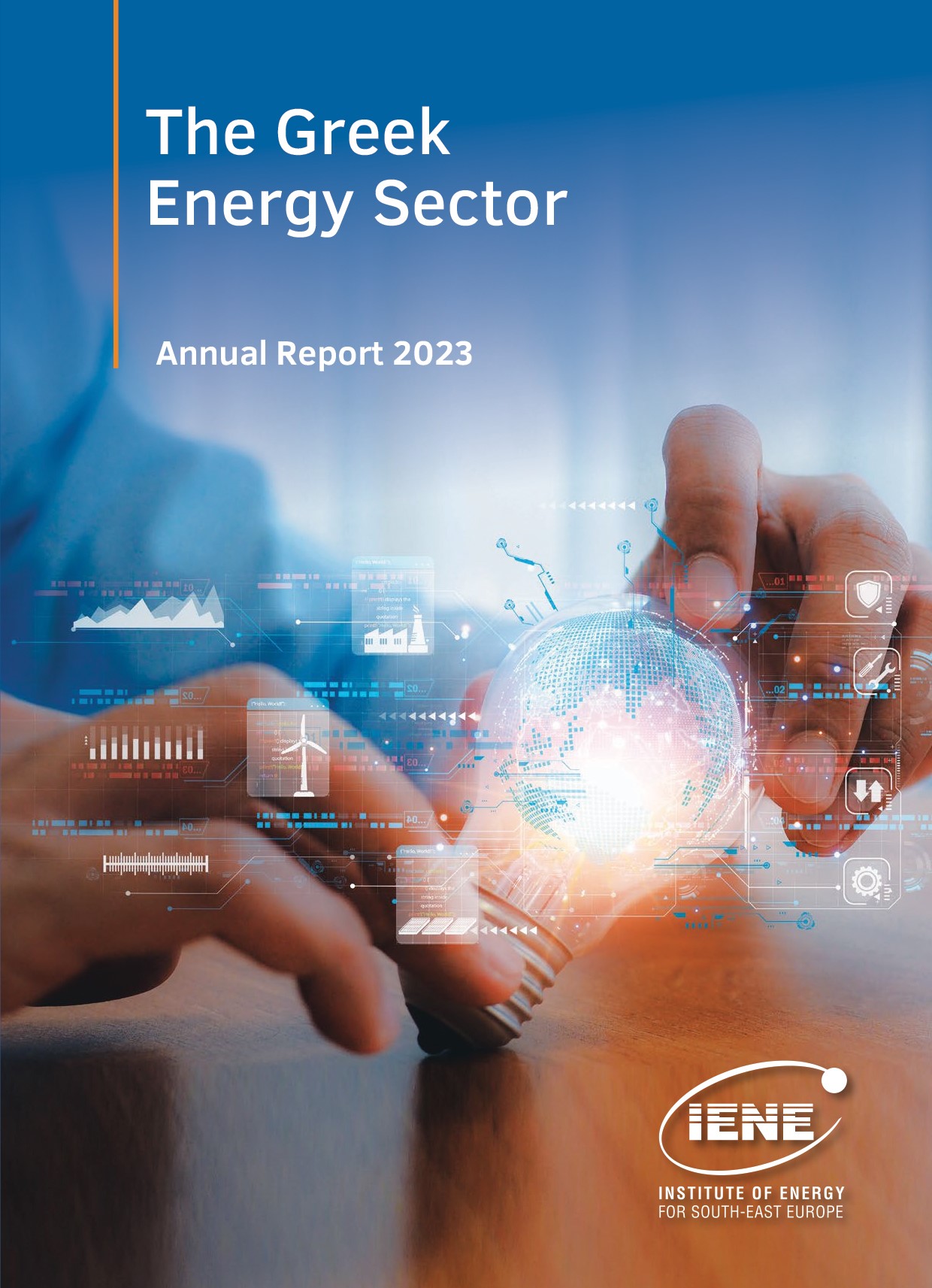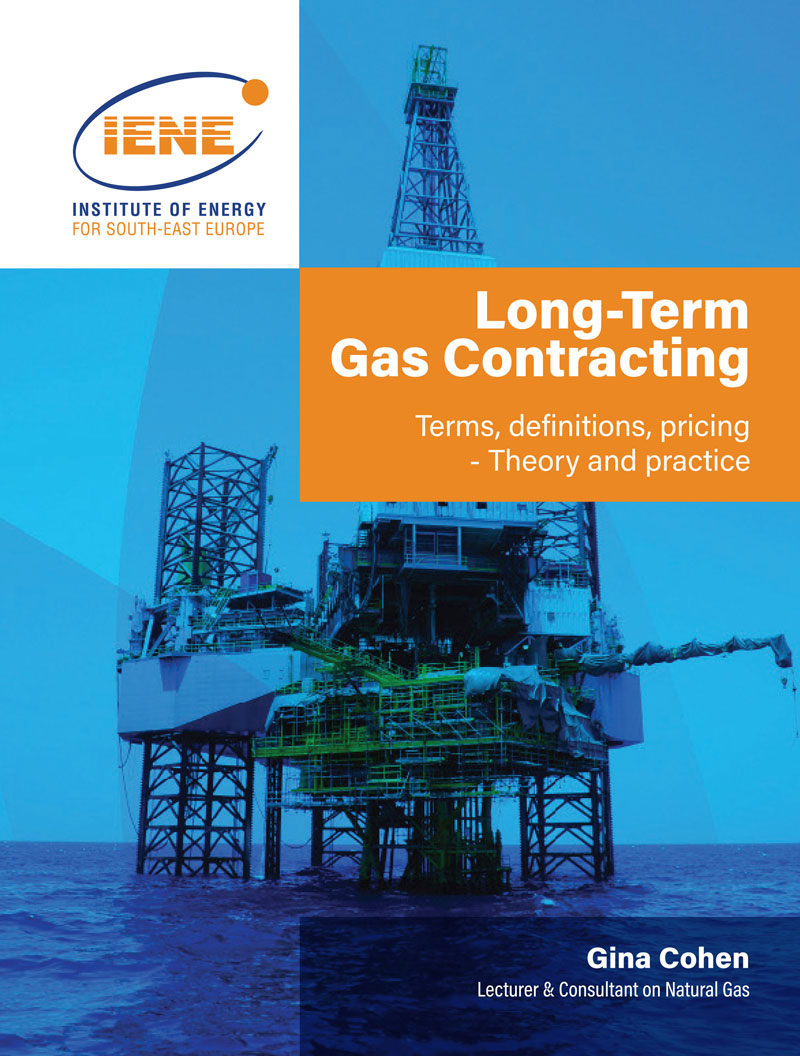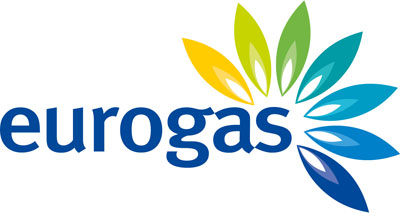Oil demand should outpace supply in the second half of this year but excess inventories will persist well into 2018, dealing a blow to global crude producers enacting output cuts to bring down stubbornly high stockpiles.
The forecast from the International Energy Agency comes as higher than expected demand growth next year is met by even stronger output from the US and other producers outside of the Opec cartel.
In its monthly oil market report, which include forecasts for next year, the Paris-based energy agency said: "[The] outlook for 2018 makes sobering reading for those producers looking to restrain supply.”
Opec and Russia have this year joined forces to cut output and reduce an oil market surplus that is keeping pressure on prices. Producers agreed in May to extend production cuts for a further nine months as US shale production accelerates and countries exempt from the curbs pump more.
The IEA expects global demand growth will increase by 1.4m b/d next year- from 1.3m b/d in 2017 – as China and India take total consumption to a record 99.3m b/d.
But growth in total non-Opec production in 2018, led by the US, will outpace the demand increase. It is forecast to grow by 1.5m b/d, which is more than double the rate of growth this year.
US shale oil production is the biggest component, forecast to grow by 780,000 next year after an increase of 430,000 b/d in 2017. "Such is the dynamism of this extraordinary, very diverse industry it is possible that growth will be faster,” the IEA said.
Opec and Russia have said they seek to bring oil stocks in industrialised nations down to five year average levels. Inventories are currently 292m barrels above this target.
"Incorporating the scenario that Opec countries continue to comply with their output agreement, stocks might not fall to the desired level until close to the expiry of the agreement in March 2018,” said IEA.
This is despite expectations of an oil market deficit in the latter half of this year, when demand is seasonally stronger.
Opec crude oil output rose by almost 300,000 b/d in May to around 32m b/d – the highest level so far this year – as conflict-ridden Libya and Nigeria, which were exempt from the supply deal, produced more. Total Opec output is still lower than the more than 33m b/d it pumped in the last three months of last year.
"’Whatever it takes’ might be the mantra, but the current form of ‘whatever’ is not having as quick an impact as expected”, said the IEA, referring to the commitment by the Saudi energy minister Khalid Al Falih to correct the market imbalance.
"We have regularly counselled that patience is required on the part of those looking for the re-balancing of the oil market, and new data leads us to repeat the message,” the agency said.
(Financial Times)






 More
More









